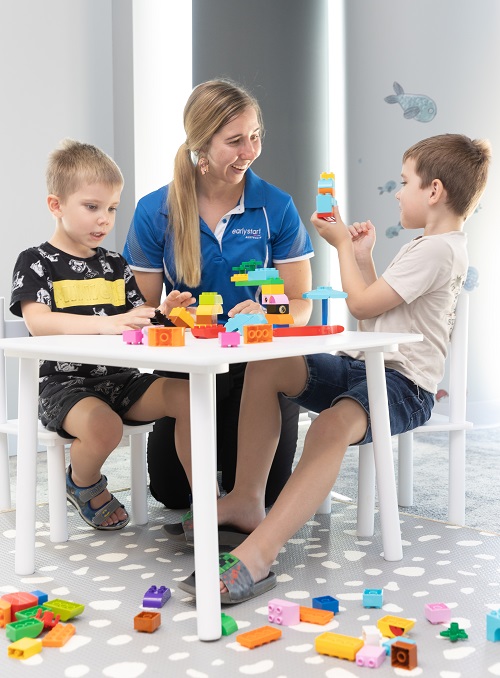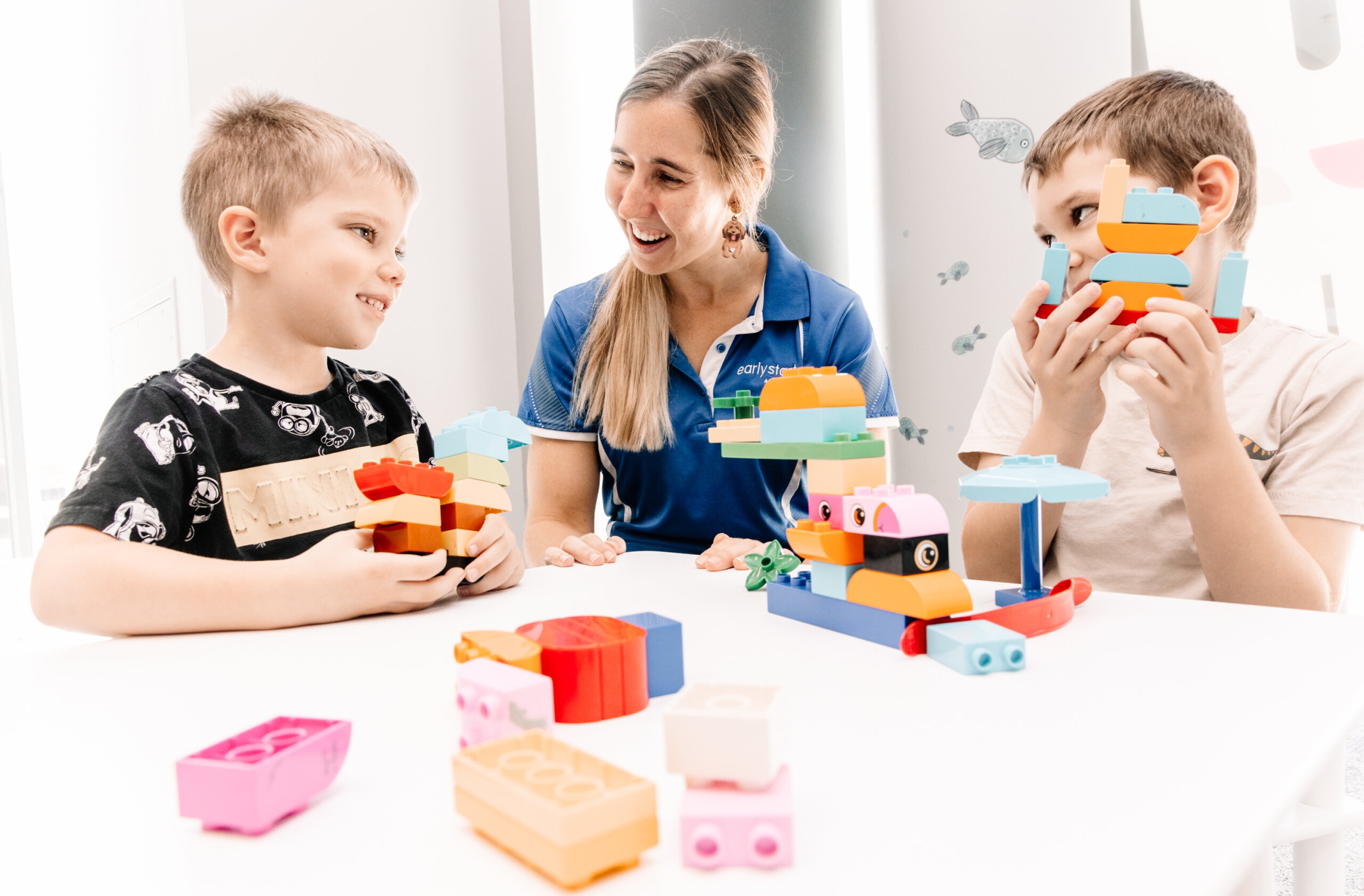Fidget toys have become increasingly popular, and you may have noticed ads for fidget toys popping up in your Facebook newsfeed, or in other social media channels. This may be a new concept for you, but Occupational Therapists have for a long time been recommending fidget toys to aid concentration. Some children (and adults) find that they focus better when fidgeting. If you are a pen clicker, a foot tapper, or a nail biter, you may understand. The idea behind fidget toys is that they provide the user with an opportunity to fidget, but hopefully in way that leads to better productivity, increased concentration, and more alertness over a longer period of time.
As an occupational therapist, I have always been very cautious about which fidget toys I recommend. The toy should help to increase attention and concentration, without being a distraction to the user and others around them. Over the years I have seen an alarming number of toys been marketed as fidget toys to parents, especially those who have children with sensory processing disorder, and/or autism. Many of these toys are extremely appealing to young kids, but I feel are fairly inappropriate, or unsuited to their intended use.
In previous years, fidget toys have generally been small toys that have moving parts, feel interesting (e.g squishy, bumpy), or do something appealing such as make a noise or light up. It’s been interesting to see fidget toys becoming more sophisticated over time, with the more recent evolution of fidget toys being spinners, and then cubes with a different fidget function on each side. This might include scroll wheels, buttons, levers, and different textures in an attempt to offer the avid fidgeter lots of different options.

Early Start
My ‘bugbear’ as an occupational therapist, is that many of the toys being marketed as fidget toys are just not appropriate for use in the classroom or workplace. There are clever suppliers out there who have identified the growing market for fidget toys, and will advertise all manner of toys as being suitable as fidgets. It’s important for parents to be able to use their discretion and make an informed choice. Here are some questions that need to be considered:
- Is this toy likely to be more of a distraction? Is it too bright, too noisy, or in any way likely to interfere with the task at hand?
- What materials is the toy made from? If broken could it leak, expose a battery, or lead to injury?
- Have we trialled a number of toys to work out which one best fits my child’s needs?
- Do we really need a fidget toy? Can we better improve concentration in other ways, such as through movement breaks, or some heavy work activities prior to starting the task?
- Is there another product or item that could serve the purpose, e.g. pom poms or ribbon on a keyring, a textured fabric sample, or pencil topper?
If in doubt, it’s always best to check with an occupational therapist. Occupational therapists are able to determine why your child may be experiencing difficulty focussing in class. Poor attention and concentration can occur for a number of reasons. These may include poor posture or reduced core muscle strength, difficulty seeing the board or hearing the teacher’s instructions, fatigue/ sleep disturbance, dietary issues and more. It’s always best to try and address the root cause first, and opt to trial a fidget toy only if suggested by your therapist or an experienced educational professional.









